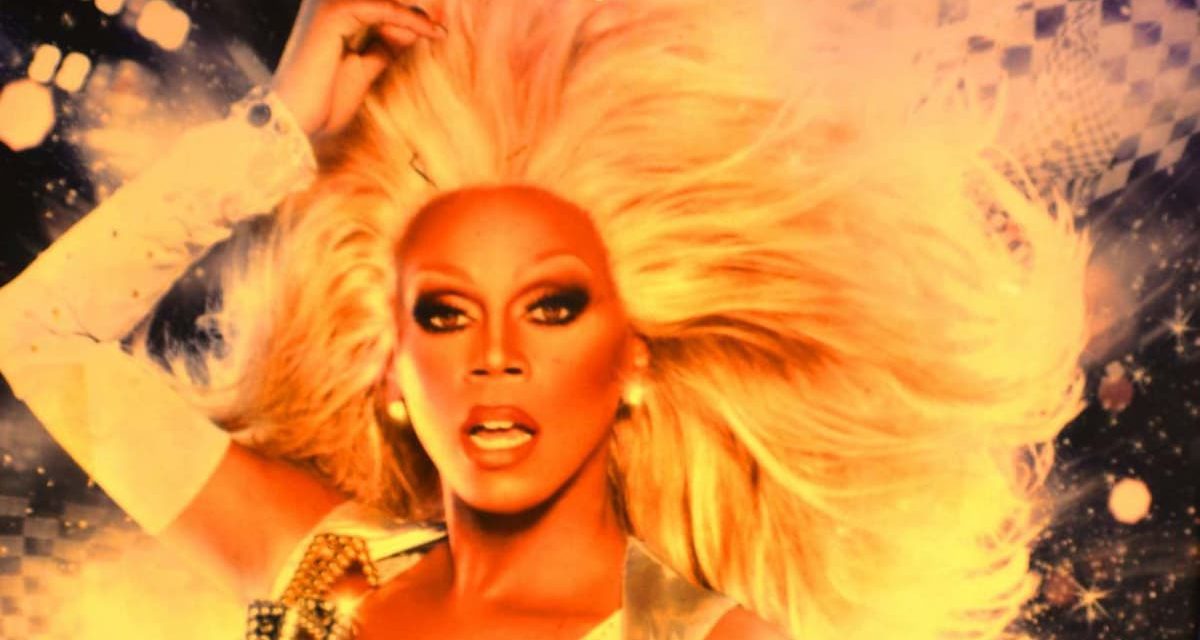CW: The following article makes a brief mention of SA, racism, and transphobia.
A love for RuPaul’s Drag Race is often assumed to exist within every gay man. I cannot tell you how many times I have been asked to name my favorite queen or most adored lip sync.
For so long I had no reply. I was one of the rare gays who knew nothing of Drag Race lore and legend. Then came COVID-19.
I’ve binged many shows in the last two years, but none have quite compared to the splendor that is RuPaul’s Drag Race. I have laughed and cried during some seriously iconic moments, slowly but surely becoming a fan of the popular franchise.
But why? What is it about RuPaul’s Drag Race that appeals to so many both within and outside of the LGBTQ+ community?
The answer, in my very biased opinion, is twofold. For one, beneath the sickening looks painted and cinched onto each contestant are real human beings with flaws that speak to the imperfections we all hold. And for another, like the LGBTQ+ community overall, the show has progressed to become a better—but far from perfect–version of itself.
Majestic, yes. Human? Also, yes.
Every season of Drag Race begins the same way: with “werkroom” entrances. They are the viewer’s first real look at each contestant, when each queen decides exactly what they want to say (or what they don’t want to say because #strategy).
At first glance, many of the contestants come off as these majestic, godly creatures. They dazzle and flaunt for the sake of good television. But as each season progresses, we discover their humanity beneath the glamor.
Take the most recently crowned queen, Willow Pill. Her initial entrance is slightly underwhelming, even embarrassing to some of the queens. Yet, she goes on to serve some of the season’s most flawless runway looks.
Willow as a person is far from perfect. She struggles to sew, later revealing that she suffers from cystinosis, a kidney disease that causes problems with her eyes, throat, and muscles. She doesn’t allow her diagnosis to hold her back in the competition; instead, she channels strength and creativity to push herself further.
It’s a sentiment all of us can easily connect with. The message of persevering despite obstacles speaks volumes about the queer experience and the human experience in general.
Willow is a recent example of the layers that exist within the show’s contestants. In season 10, we meet Indianapolis-based queen Blair St. Clair. Her style is very much old Hollywood, calling back to classic American icons like Marilyn Monroe.
Though we know little about Blair, she shares that she was sexually assaulted while at a party in college.
Blair’s revelation is a noteworthy moment in Drag Race herstory, and in the gay community, where conversations about sexual assault are virtually non-existent. Blair reminds us she is a real person with real- life experiences, and forces us to acknowledge the toxicity within our community.
Drag Race is far from a perfect show. The early seasons are riddled with transphobia. Hell, RuPaul himself has contributed to this in the past. In a 2018 Guardian interview, RuPaul said of transgender contestants, “You can identify as a woman and say you’re transitioning, but it changes once you start changing your body. It takes on a different thing; it changes the whole concept of what we’re doing.”
RuPaul later made the situation way worse, tweeting in response, “You can take performance-enhancing drugs and still be an athlete, just not in the Olympics.”
RuPaul eventually apologized for his public comments. And while we may never know how he really feels about the transgender community, the show has since featured several transgender contestants who had already started the transition process (Gottmlk and Kylie Sonique Love for example, the latter of which won her a season of All-Stars).
Racism, too, has long plagued the show. In a 2019 Gaytimes interview, winner and proud queen of color Monét X Change discussed the racism she’s experienced from the show’s fans, while sharing the crown with fellow contestant Trinity, who is white.
Criticisms of RuPaul’s Drag Race are often deserved and worth evaluating. But for me, the show deeply entertains, while also expanding our awareness of transphobia and racism within the LGBTQ+ community.
It’s not perfect, no. But it’s reality. And RuPual’s Drag Race is, in fact, a reality show.
(cover photo by TBZ.foto, Flickr)


